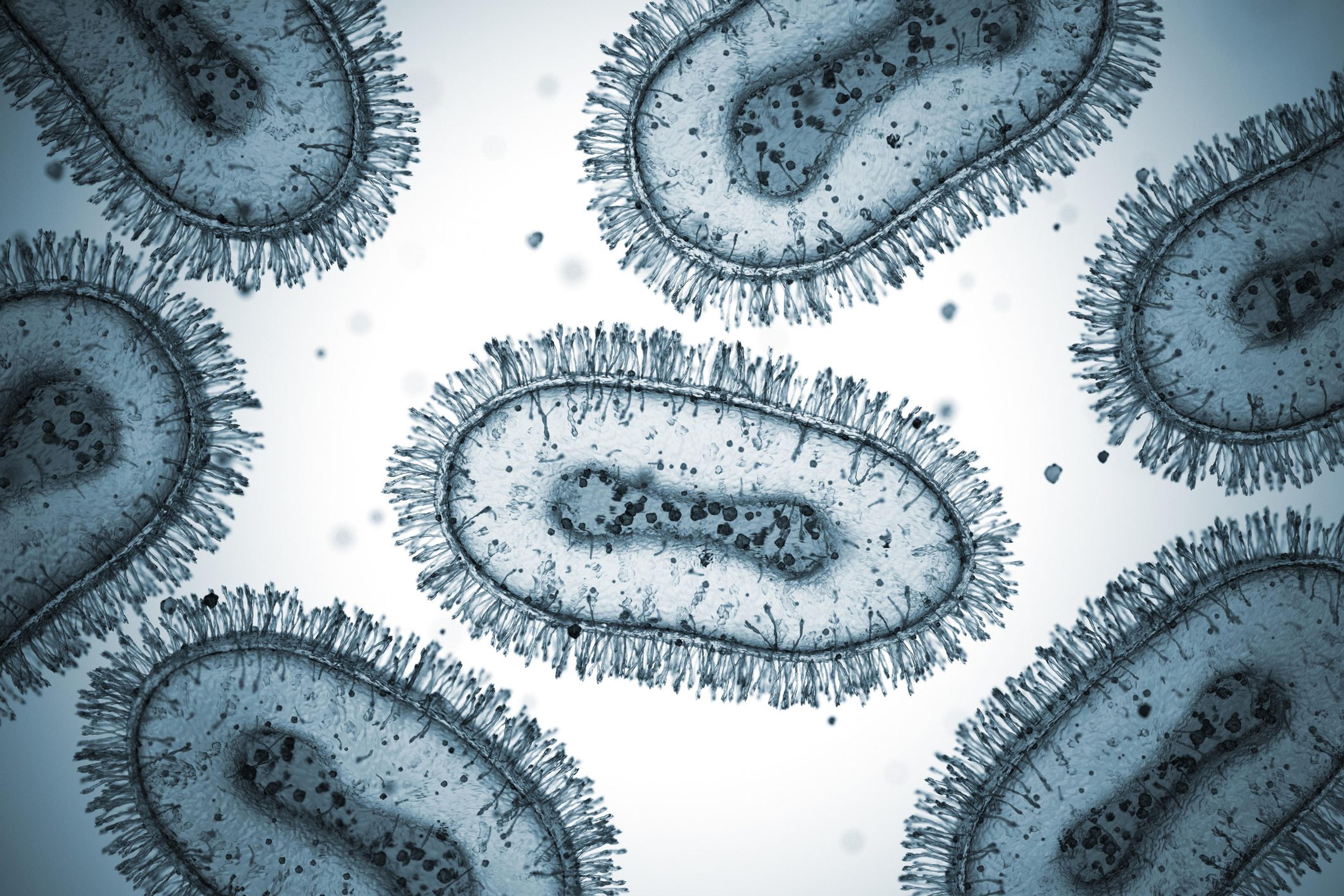5 Facts You Need to Know About Monkeypox

James Grant, M.D.
| 3 min read
James D. Grant, M.D., is executive vice president an...

Public health officials are tracking an outbreak of monkeypox across the U.S. and the globe. This is a rare disease that is spread through close contact. What makes this outbreak unique is where it is occurring: since monkeypox was identified in humans in 1970, cases have typically occurred in tropical rainforest areas of central and west Africa. In May 2022, cases of monkeypox were identified in countries where the disease is not typically seen – which include the U.S. Here are some key facts to know about monkeypox from the Centers for Disease Control and Prevention.
1. Monkeypox is rarely fatal.
The current outbreak has yielded no deaths in the U.S. to date. Lack of access to basic health care services has been a significant contributing factor in most global deaths in the past.
2. Most individuals are at a relatively low risk of contracting monkeypox.
The monkeypox virus requires close physical contact to spread. Individuals can protect themselves from getting the virus by:
- Avoiding direct physical contact – including kissing, hugging, cuddling or having sex – with an infected person.
- Not sharing utensils, cups or personal items with an infected person.
- Practicing good personal hygiene by washing hands or using an alcohol-based hand sanitizer before eating or before touching your face, and after using the bathroom.
3. Monkeypox spreads through close, skin-to-skin contact.
The virus typically spreads through close, intimate contact with an infected person. Mainly, it’s transmitted through the rash, scabs or bodily fluid of an infected person through direct contact or by touching objects like towels, bedding or surfaces used by an infected person. An individual who is pregnant can also spread the virus to their fetus through the placenta. An infected person can spread the disease from the time their symptoms start until the rash is fully healed. It can last two to four weeks, according to the CDC.
4. Monkeypox typically causes a rash.
Most people with monkeypox will develop a rash, according to the CDC. The rash typically looks like pimples or blisters and may be painful or itchy. It will go through stages, including scabbing, before fully healing. Other symptoms are possible, including:
- Fever
- Headache
- Muscle aches
- Swollen lymph nodes
- Chills
- Exhaustion
- Sore throat, nasal congestion, cough
If you have a new or unexplained rash, contact a health care provider for evaluation.
5. A vaccine is available.
There is a vaccine available that can provide protection against monkeypox. The CDC recommends people who have been exposed to monkeypox and people who are at high risk for being exposed get vaccinated. Because monkeypox and smallpox are genetically similar, vaccines and antiviral treatments developed for smallpox are being used for monkeypox. Smallpox vaccines were last administered to the general public in the U.S. in 1972. Smallpox vaccines can protect you from smallpox for about three to five years, according to the CDC. This means if you received the smallpox vaccine as a child and you believe you’ve been exposed to monkeypox, you should consider getting vaccinated. Vaccines are being distributed through state and local health departments, in collaboration with the federal government. If you have had contact with someone with monkeypox, or need more information about the vaccine, contact your local health department to learn more. James D. Grant, M.D., is chief medical officer at Blue Cross Blue Shield of Michigan. More from MIBluesPerspectives.com:
Photo credit: Getty Images





